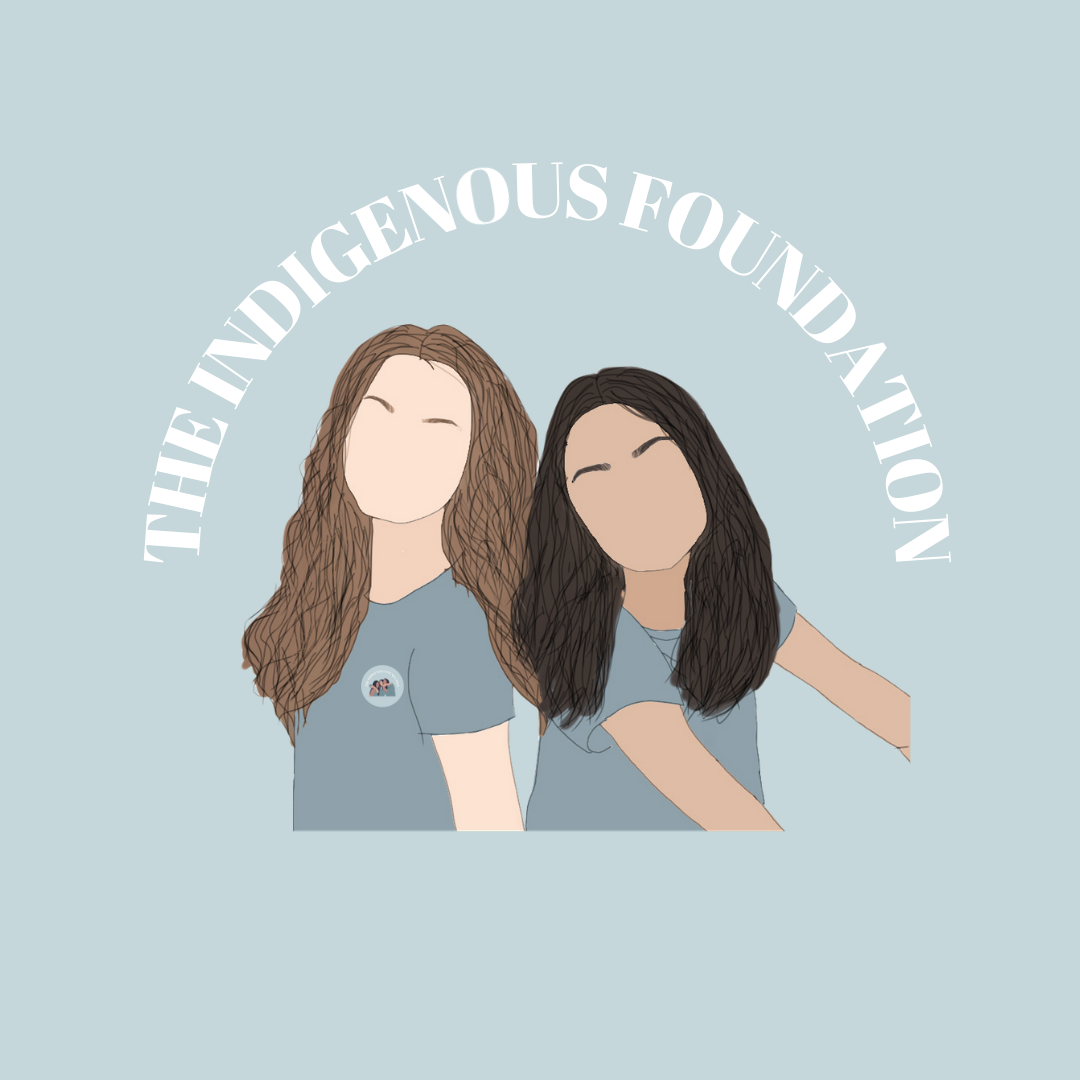Indigenous Mental Health and Suicide
Prior to colonization, suicide was almost non-existent in Indigenous communities. Many Indigenous languages do not even have translations for the words “depressed,” “anxious,” and “suicide.” The impacts of settler colonialism have simultaneously caused the deterioration of Indigenous mental well-being and a devastating spike in suicide rates.
The Statistical Reality:
First Nations, Métis, and Inuit communities continue to face the highest rates of suicide among any other ethnic and racial group in Canada. Suicide rates among First Nations people are three times as high as non-Indigenous people and rates among Métis people are twice as high as non-Indigenous people. The Inuit community combats suicide rates that are nine times higher than non-Indigenous populations. In Nunavut, a Canadian territory populated predominantly by Inuit people, the suicide rate is the highest in the world.
Indigenous peoples in the US also continue to experience the highest suicide rates out of all other ethnic and racial groups. From 1999 to 2017 the overall US suicide rate increased by 33% in the general population. Whereas among Native American females the suicide rate increased by 139% and among males the suicide rate increased by 71%. Indigenous youth face suicide rates that are over double the rate of white youth and suicide is the second leading cause of death.
Risk Factors:
Indigenous peoples face a number of distinctive risk factors that make them more susceptible to poor mental health and suicidal behaviours.
In both the US and Canada, Indigenous communities experience the highest levels of poverty out of any other groups. High rates of poverty paired with a lack of adequate healthcare, clean water, food security, and housing make Indigenous peoples more vulnerable to mental health challenges; specifically, high levels of stress.
Forced displacement of Indigenous peoples onto reserves accompanied with the forced removal of children in residential schools has led to fractured communities, families, and culture. Residential schools exposed Indigenous children to verbal, physical, and sexual abuse causing lasting intergenerational trauma. This is a type of trauma that is passed down from one generation to following generations and is closely associated with an increase in mental distress, PTSD, and suicide.
The racism, stereotypes, and discrimination Indigenous people face is responsible for increasing disparities in physical and mental health among their communities and white people. The “Indian Princess” stereotype is used against Indigenous women and characterizes them as sexually promiscuous, compliant, and “willing” to sacrifice themselves for the white man which contributes to the high levels of sexual violence inflicted on Indigenous women and the MMIWG2S crisis. Misrepresentation of both Indigenous peoples and their history causes many painful effects on their populations such as a fractured identity, high stress levels, internalized racism, and loss of culture.
All of these factors Indigenous people face are associated with higher rates of substance use. This is often used as a form of self medication to alleviate the emotional and physical pain they experience. Sadly, substance abuse is related to higher numbers of incarcerated and houseless Indigenous people, further marginalizing them. Treatment for addiction and mental health is often inaccessible, and not culturally informed or Indigenous-run.
How Indigenous Mental Health Should be Approached:
Accessibility of adequate healthcare is crucial for healing Indigenous communities. Many Indigenous peoples do not have access to appropriate mental health services. At the services they can access, Indigenous people often experience blatant discrimination by medical staff where they are either mistreated or not taken seriously. If they do have the ability to use Indigenous healthcare, these are often underfunded. Increasing the funding of tribal mental health services and providing more options is necessary to combat the high levels of emotional distress.
Not only do mental health services need to be accessible, they must embrace a traditional Indigenous approach to healing by interconnecting family, community, spirituality, and nature. Participation in traditional ceremonies, medicine, prayers, and music allows individuals to reconnect with their culture. This reconnection restores their pride of Indigenous culture and therefore, builds a higher self-esteem and a positive self-identity. Indigenous youth who are heavily involved in their culture are less at risk for substance use and suicide, which is why culturally informed care and culture preservation is necessary and impactful.
Indigenous Resilience:
Despite every attempt to destroy, kill, and colonize Indigenous people and culture, Indigenous resilience is apparent. While they are currently facing a mental health crisis, they persist, advocate for themselves, and help their community. Throughout years of suppression, Indigenous people have remained strong and hopeful, and will continue to do so. Their determination accompanied with proper resources could strengthen them even more and save the lives of our beloved Indigenous relatives.
Crisis Line:
For immediate mental health and crisis intervention for Canadian Indigenous people:
https://www.hopeforwellness.ca
1-855-242-3310
- Phone and chat available in English and French
- Cree, Ojibway, and Inuktitut available on request
(503) 970-7895
oneskycenter.org
1-844-762-8483
Strongheartshelpline.org
References:
https://www.nicoa.org/national-american-indian-and-alaska-native-hope-for-life-day/
https://www.nami.org/Your-Journey/Identity-and-Cultural-Dimensions/Indigenous
https://www.heretohelp.bc.ca/aboriginal-mental-health-statistical-reality
https://www.elisplace.org/news/indigenous-mental-health-issues/
https://www150.statcan.gc.ca/n1/pub/99-011-x/99-011-x2019001-eng.htm

